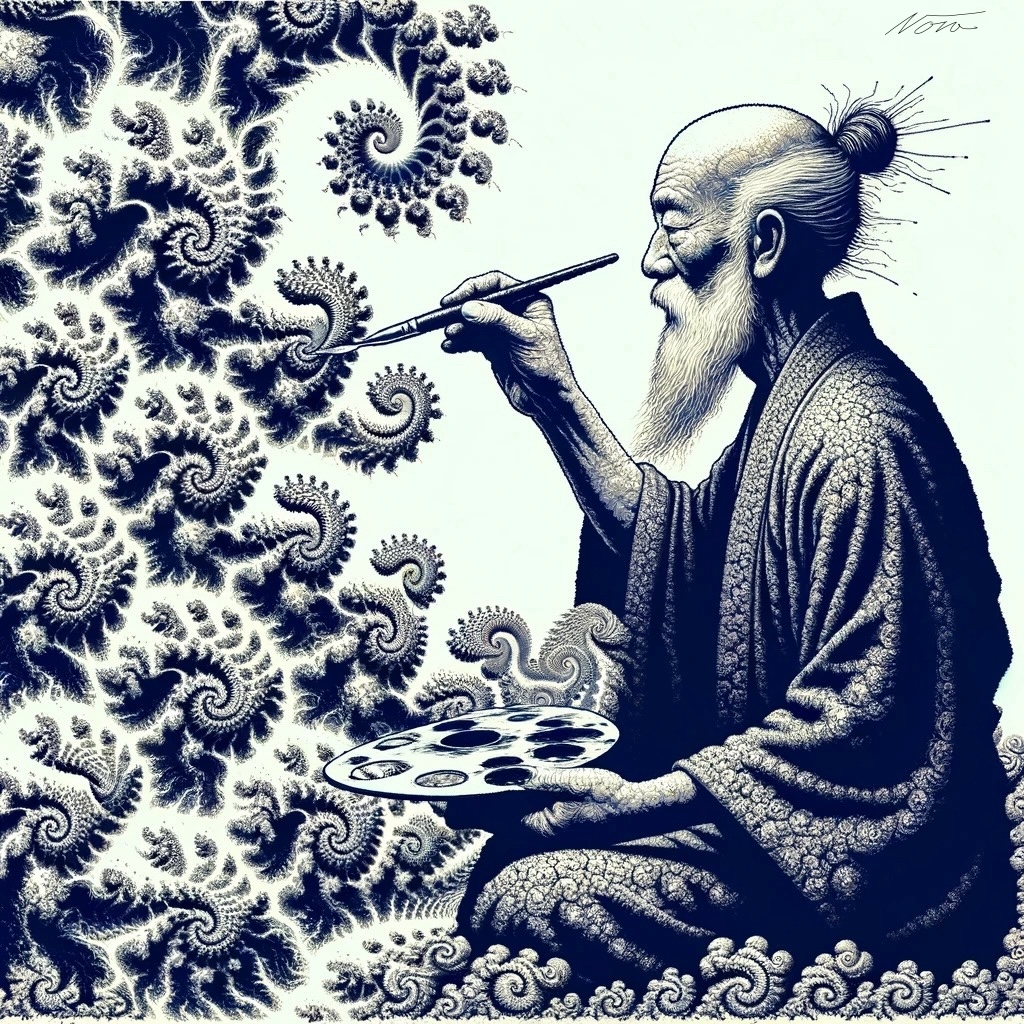
Followiing on my previous book, The Golden Bridge (a work in progress), I’ve excerpted and further developed, the physics and math section (Book Six: The Science of Alpha).
This provides a formal mathematical model of the theory, proposing that the universe is fundamentally information, but that consciousness is not, and is integrated with it using a novel posited topological mechanism.
You can read the PDF below (I will be updating it further, and integrating into the main manuscript in the near future).
Here is the Abstract:
Alpha Theory: The Transiad Model of Reality – Abstract
This manuscript presents the Alpha Theory, a novel and comprehensive metaphysical framework for understanding the fundamental nature of reality and the process of actualization. At the heart of the theory lies the Transiad (E), envisioned as an eternal and immutable multiway directed graph encompassing all possible states and transitions. The Transiad, a pre-existing totality of potentialities, includes all conceivable computational processes (encompassing the deterministic realm of the Ruliad), non-computable structures, and their interactions.
The Transputational Function (Φ) acts as a universal “operator for choice,” navigating the Transiad and actualizing specific timelines from this vast landscape of possibilities. Φ operates locally and asynchronously, selecting paths based on the structure of the Transiad, adapting to regions of order and chaos, and resolving inconsistencies to achieve coherence. Φ seamlessly integrates and navigates both deterministic computations and non-computable processes, reflecting the diverse nature of reality.
The manuscript explores two formal representations of the Transiad: a preliminary model using the familiar framework of quantum mechanics, and a more elegant and expressive model using higher-order category theory. Both approaches are used to derive key physical equations, demonstrating the model’s consistency with established theories like quantum mechanics (QM) and general relativity (GR).
Crucially, the Alpha Theory posits that the Transiad is not the universe itself, but rather the underlying metaphysical structure from which our universe, and all possible universes, emerge. The universe we experience is a specific timeline within the Transiad, actualized through the choices made by Φ. This framework allows Alpha Theory to accommodate a multitude of physical theories and universes, suggesting that the specific laws of physics we observe are a consequence of the paths chosen by Φ, not pre-existing axioms.
The manuscript introduces transputation, a new paradigm of information processing that transcends the limitations of traditional computation, encompassing the full range of possibilities within the Transiad. It explores the concepts of computational irreducibility and transputational irreducibility, highlighting the unique capabilities of systems capable of transputation.
Finally, the theory addresses the profound question of consciousness, proposing the Primordial Sentience Interface (PSI) as a mechanism by which sentient systems can connect to the Transiad in a way that is equivalent to containing the whole, thereby establishing a connection to Alpha, the ultimate, unconditioned ground of existence, which is the complement of the Transiad. This connection allows for the emergence of qualia—subjective, qualitative experiences—and provides a potential solution to the hard problem of consciousness.
The Alpha Theory, with its elegant framework and rigorous mathematical foundation, offers a compelling new perspective on the nature of reality, computation, and consciousness, suggesting that the universe is not a pre-determined machine but a story unfolding through the choices made by Φ within the vast, pre-existing library of the Transiad.
NOTE – I have reformulated it for greater universality and emergence, including support for the standard model. This is not integrated in the prose version yet. Here is the summary:
Here is the earlier write-up, which does not integrate the new formalism I am experimenting with yet